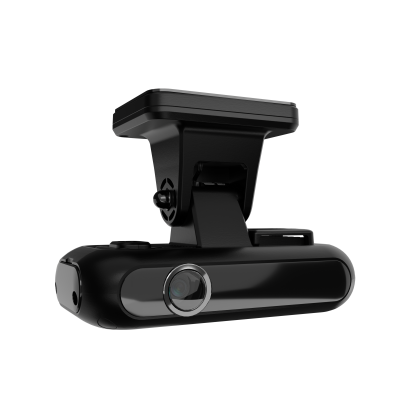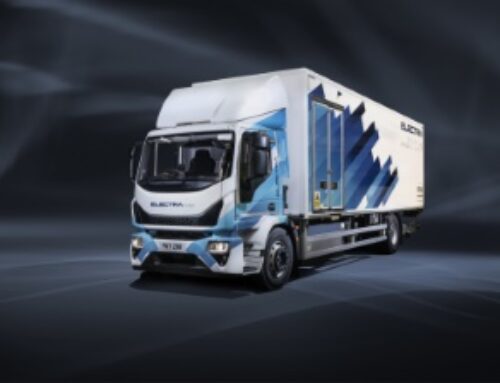Dashcam developments
 Vernon Bonser, UK sales director at Queclink Wireless Solutions, explains how innovations in dashcam technology are driving video telematics forwards
Vernon Bonser, UK sales director at Queclink Wireless Solutions, explains how innovations in dashcam technology are driving video telematics forwards
Video telematics has only been around for the past decade, but in this time, it has evolved dramatically to become a powerful tool for fleets targeting road safety, risk management and insurance improvements.
In recent years the forward-facing dashcam has been superseded by multi-camera solutions, often using a mobile digital video recorder (MDVR), as transport operators look to gain added visibility in and around their vehicles. However, we are now seeing huge potential for the dashcam as the hardware becomes increasingly powerful and intelligent.
Dashcams have always offered an excellent entry level solution and have advanced massively with added AI functionality and the ability to incorporate supplementary cameras. Despite this, there has always been constraints on the processing capacity and connectivity, limiting the capabilities of devices.
This is rapidly changing, ensuring the latest dashcams possess next-generation functionality that supports highly flexible and cost-efficient video telematics.
The ability to integrate with a vehicle’s communication system offers true telematics functionality, without the need for multiple technology solutions. By connecting with the CAN bus, a dashcam can now deliver all-in-one fleet and video telematics, providing critical insight on vehicle status to gain greater understanding of performance and usage, bolstering robust location and behavioural data.
Power take off (PTO) and sensor monitoring will allow fleets to gain greater understanding of peripheral equipment and vehicle functions. This video-enabled visibility offers a range of possibilities, especially when combined with AI-powered object recognition, to improve maintenance, security, safety and performance.
For example, integration with a door sensor could be used to detect open and close status, making it possible to trigger the recording of loading and unloading or unauthorised access for added protection and peace of mind.
 Meanwhile, growing device connectivity could transform the role of the dashcam. Wireless connectivity, using Bluetooth, will enable supplementary devices to be combined without the need for hardwiring.
Meanwhile, growing device connectivity could transform the role of the dashcam. Wireless connectivity, using Bluetooth, will enable supplementary devices to be combined without the need for hardwiring.
As a result, transport operators would be able to use a dashcam to create a multi-camera system without the need for a MDVR. Such a solution would make It far less cost prohibitive, removing a key barrier to adopting video telematics with 360 visibility.
5G connectivity will also be crucial for faster and more reliable data transfer as well as efficient use of cloud-based video telematics software. It will enable seamless integration with cloud-based platforms, supporting high quality data storage, analysis, and remote monitoring.
Furthermore, with the sunsetting of 2G and 3G networks upon us, it is essential to offer comprehensive, yet cost effective, 4G or 5G hardware options to ensure transport operators are futureproofing their fleet technology.
AI will undoubtedly enable fleets to analyse more and more data, with edge-and cloud-based technology becoming increasingly embedded in video telematics hardware and software. The continued improvements in edge computing, where the processing takes place close to the data source, will lead to faster and more efficient on-device processing.
As such, dashcams will gain enhanced decision-making capabilities, reducing the need for data transfer and providing real-time insight.
We are already seeing a growing number of AI dashcams that can not only capture footage, but provide audible, real-time alerts to the driver regarding distraction and fatigue; detect nearby vulnerable road users; and understand fleet risk like never before.
However, continued advancements in AI algorithms should lead to improved object detection, better understanding of driving scenarios, and sophisticated behaviour analysis. This could even include a way of predicting a person’s actions – based on age, direction, speed and distraction – which will enable far quicker and more accurate risk alerts than existing technology.
As dashcam technology continues to evolve, it will offer a viable alternative to MDVR-powered, multi-camera systems. This added choice can only be a good thing for transport operators, offering more flexible options to meet their precise video telematics requirements.











